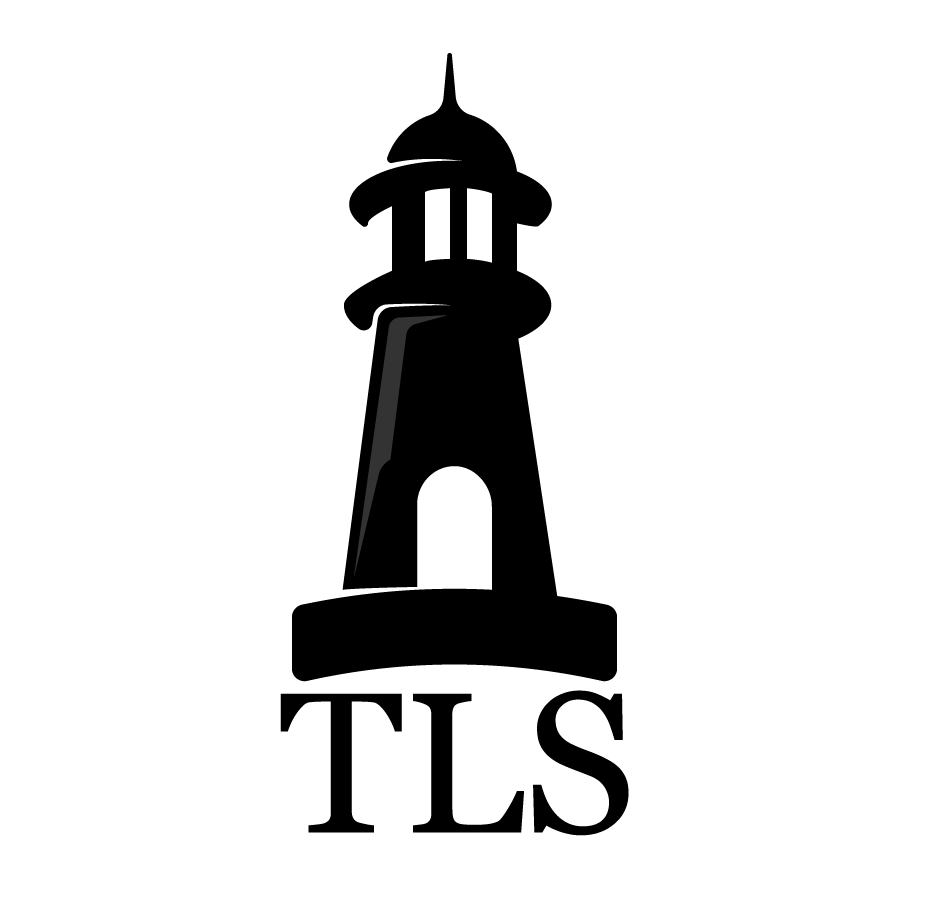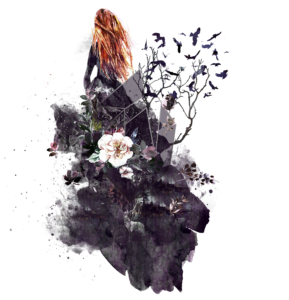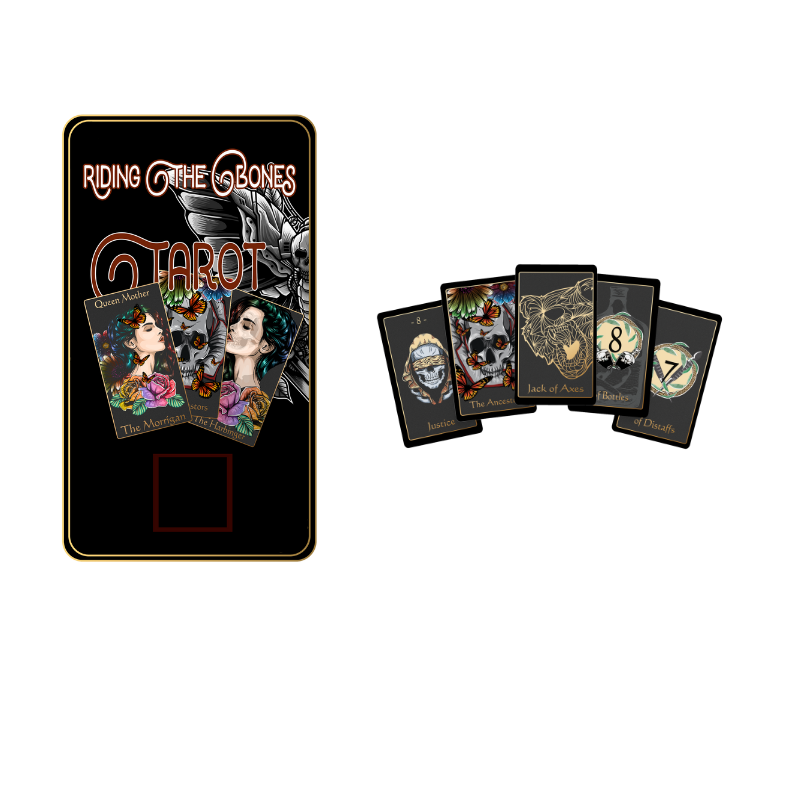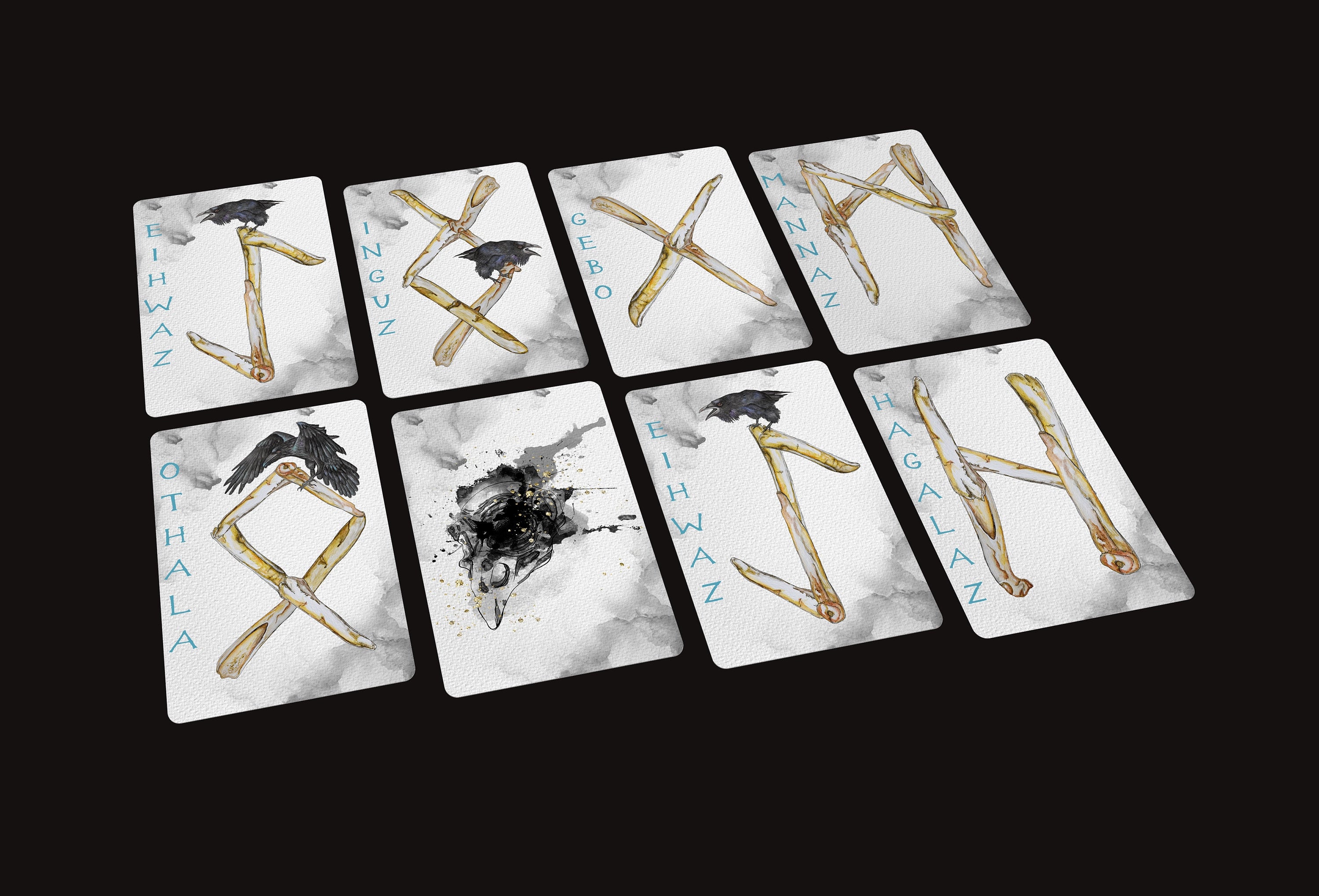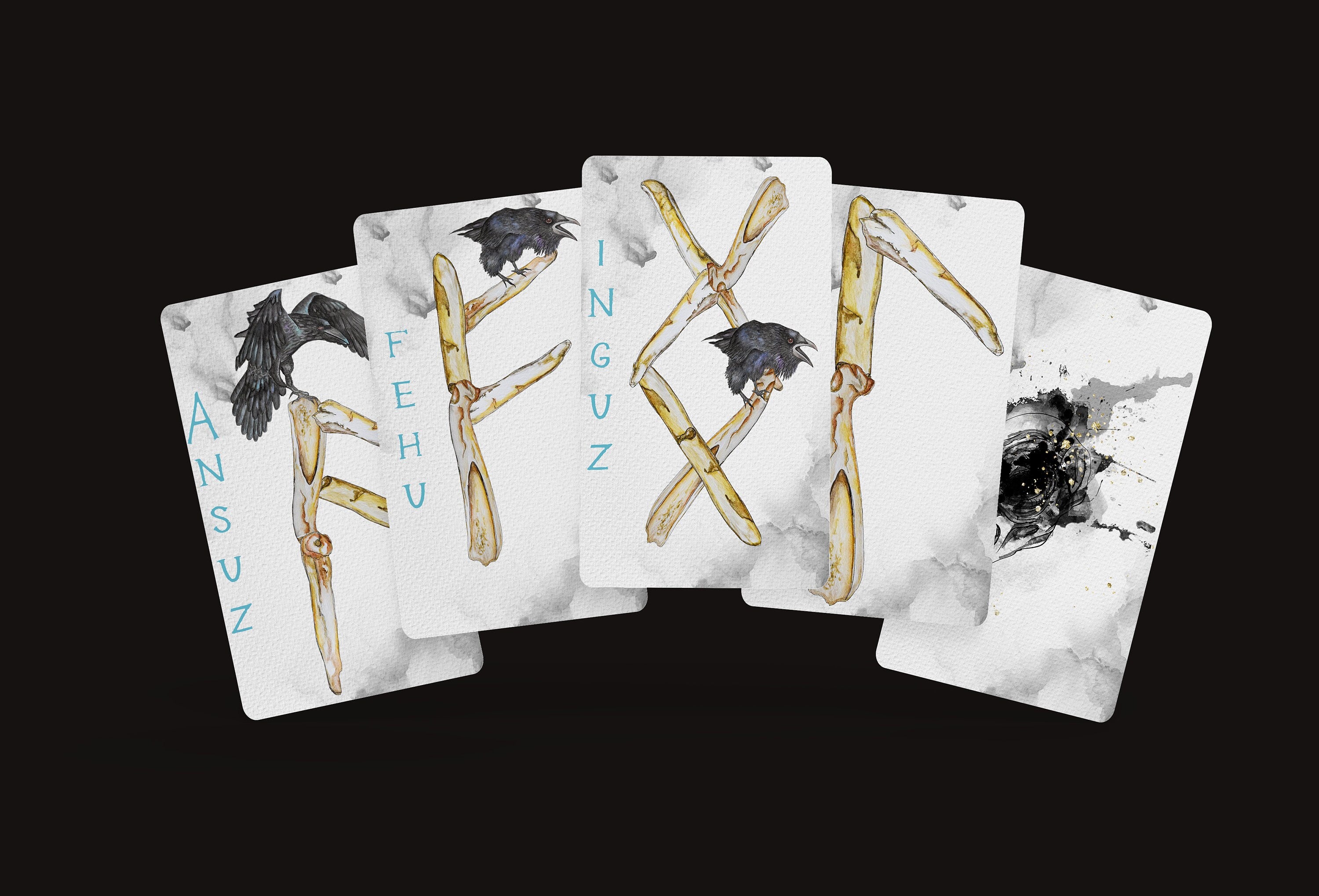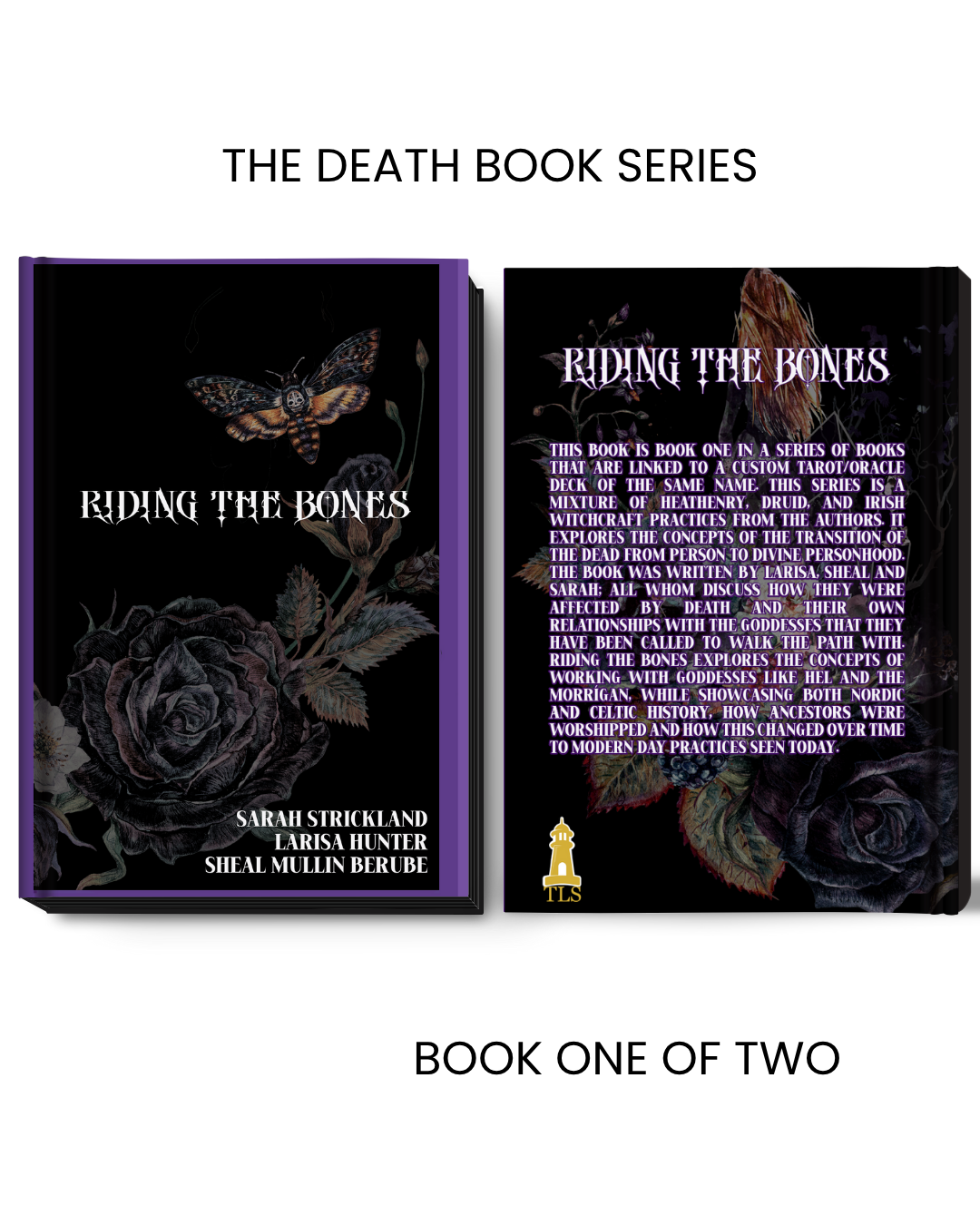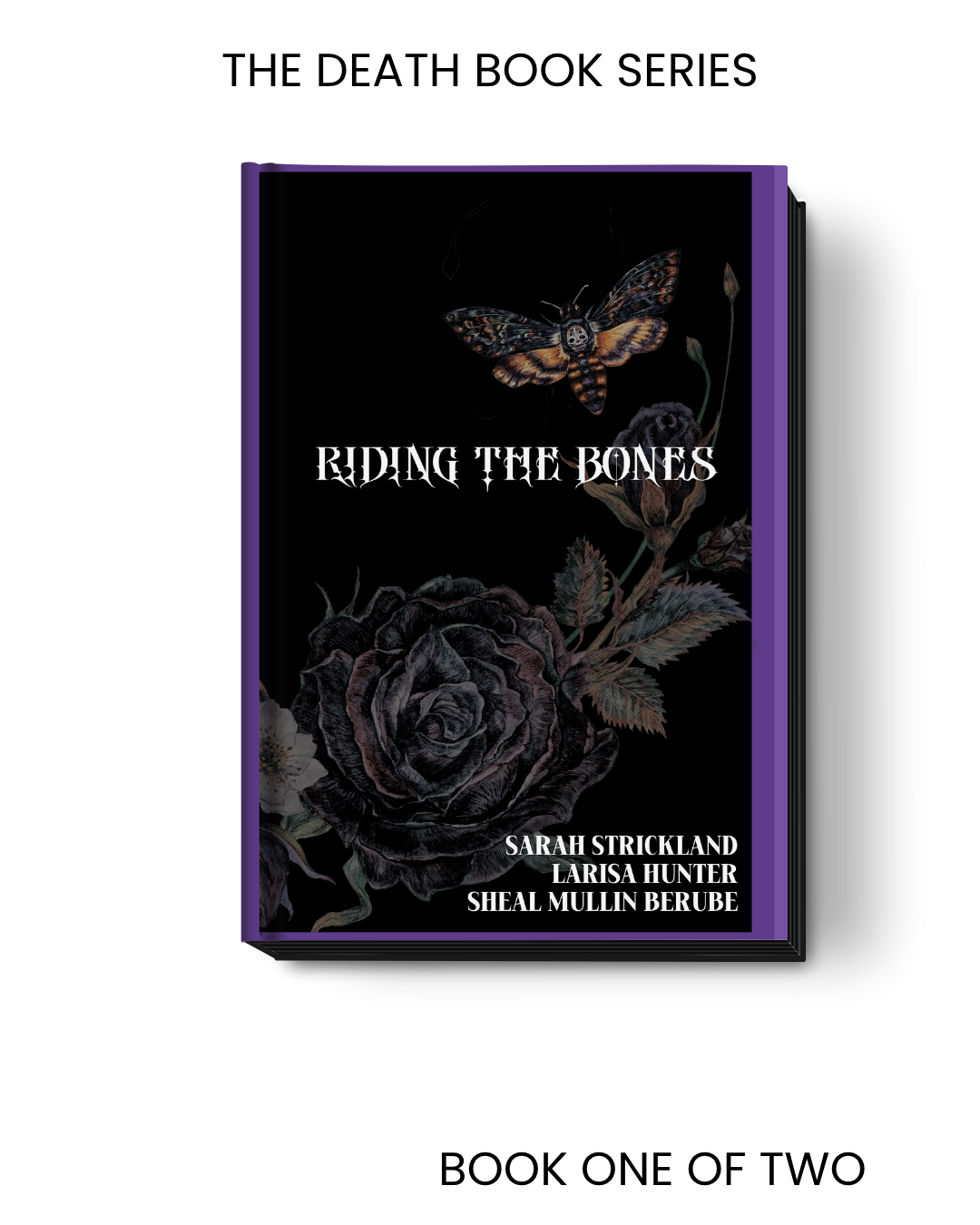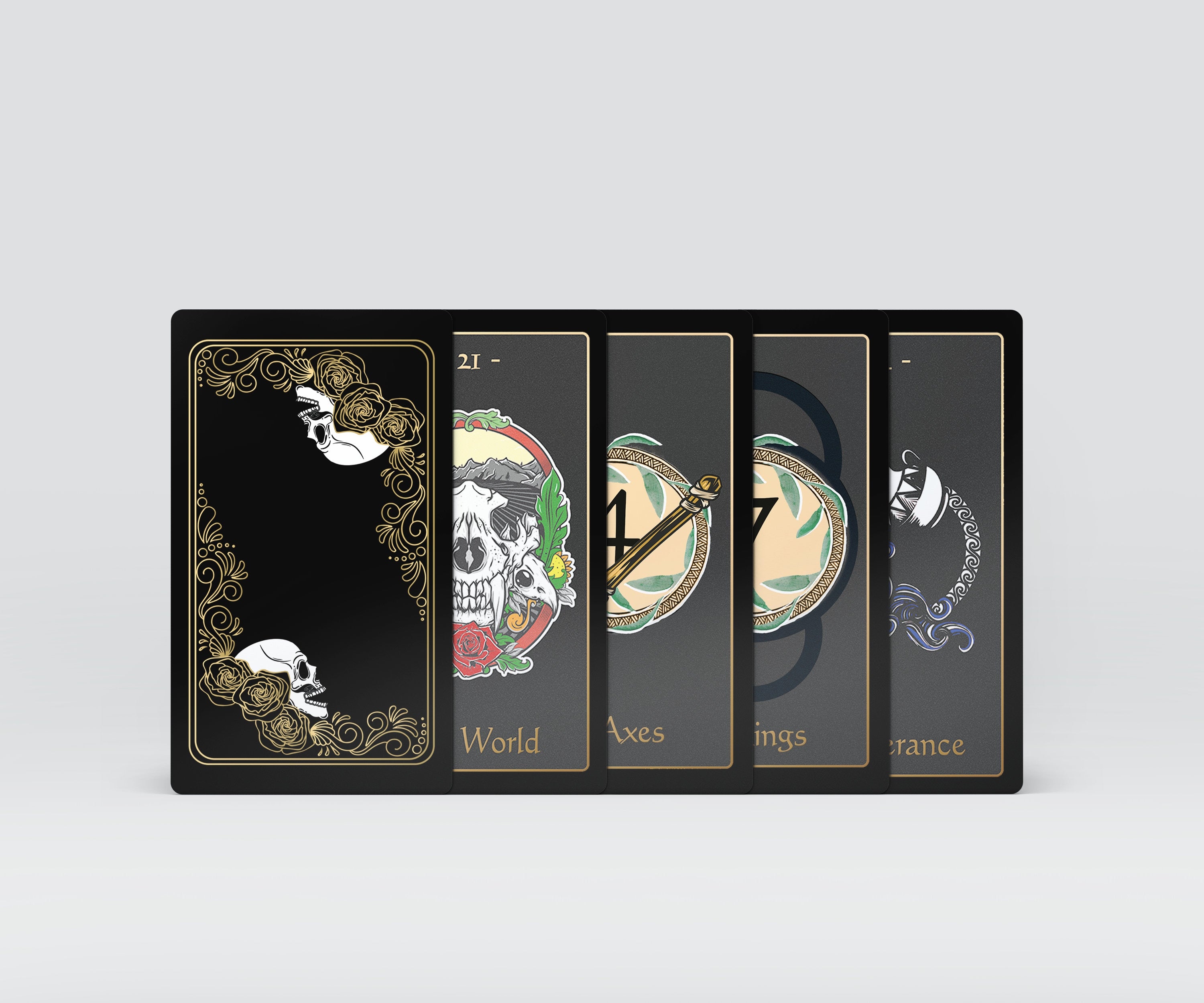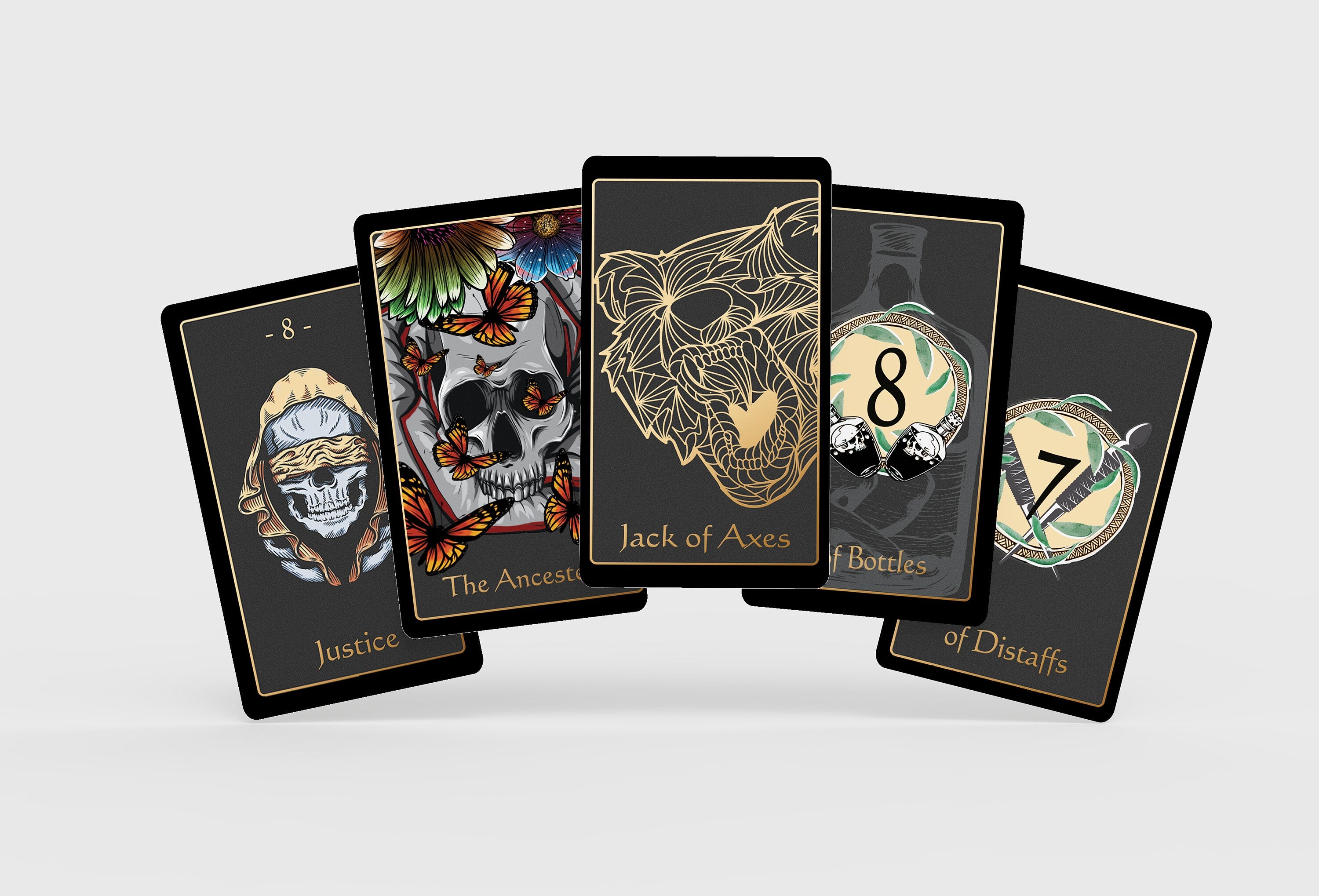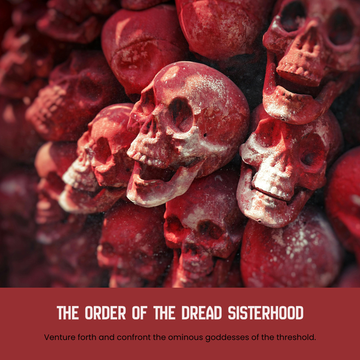The combined work of Riding the Bones, Summoning The Bones and Burning The Bones.
This project contains three books and a oracle deck that was based on personal inspiration by the authors of the three volumes. The project dives into the modern views of death and dying and squares that against ancient views and dives into Hel and Morrigan as a frame for the possible inclusion and exclusion of ancestor veneration. Riding The Bones is Book One.
